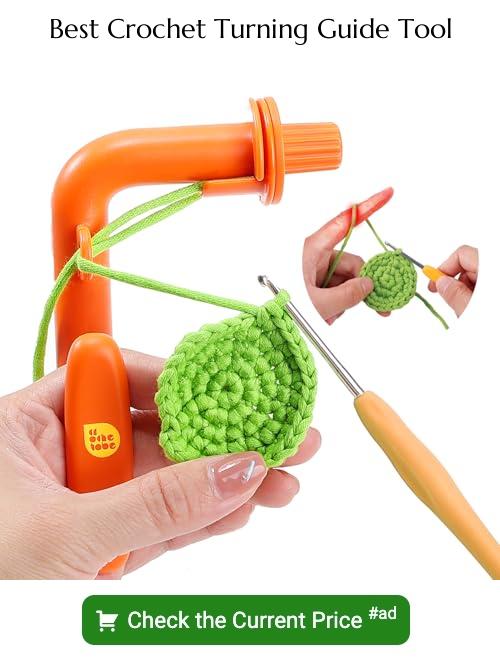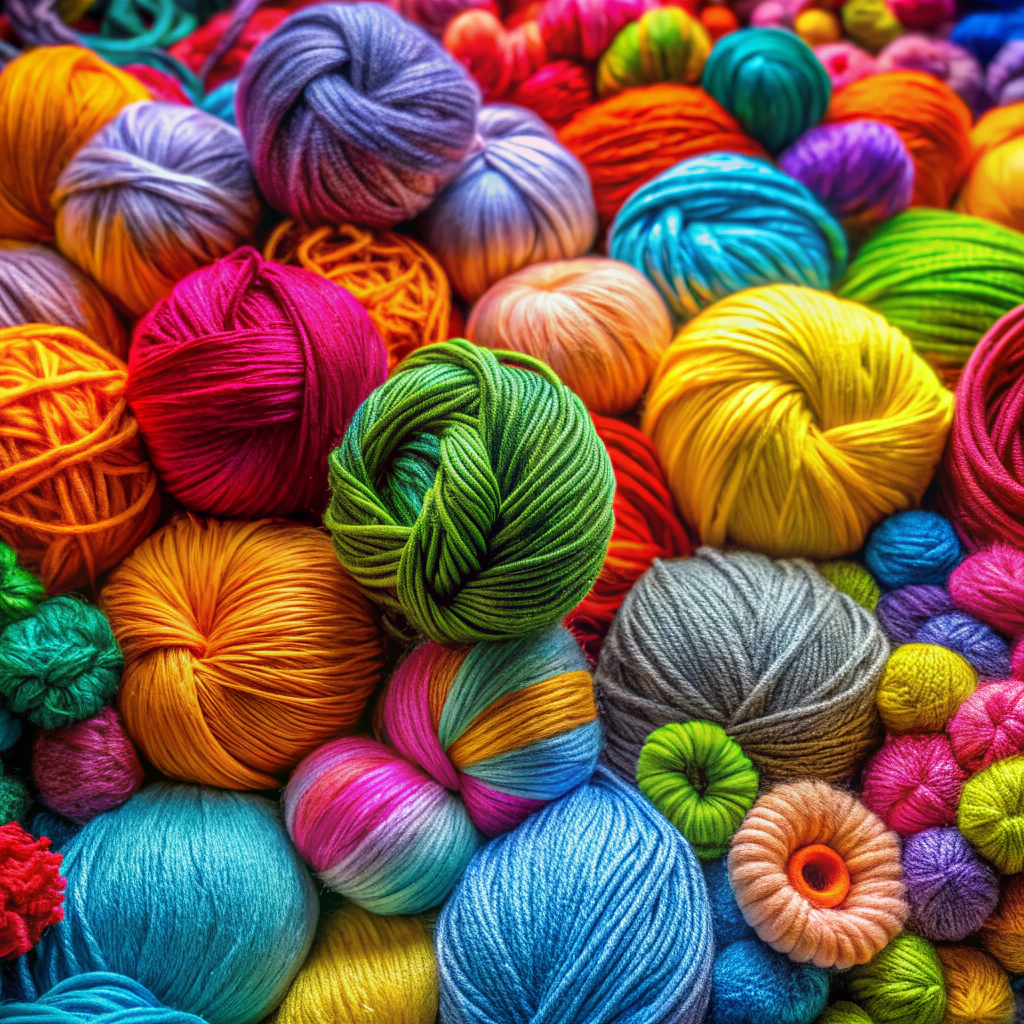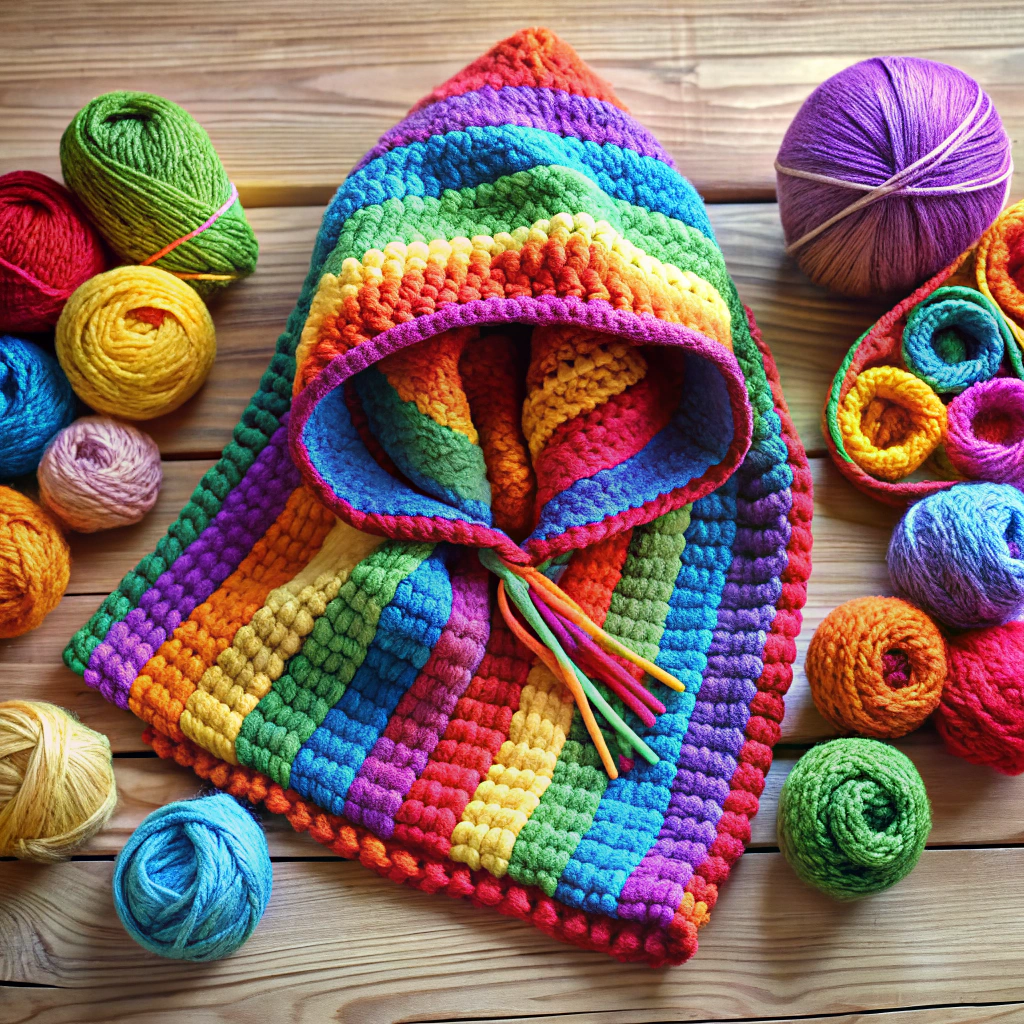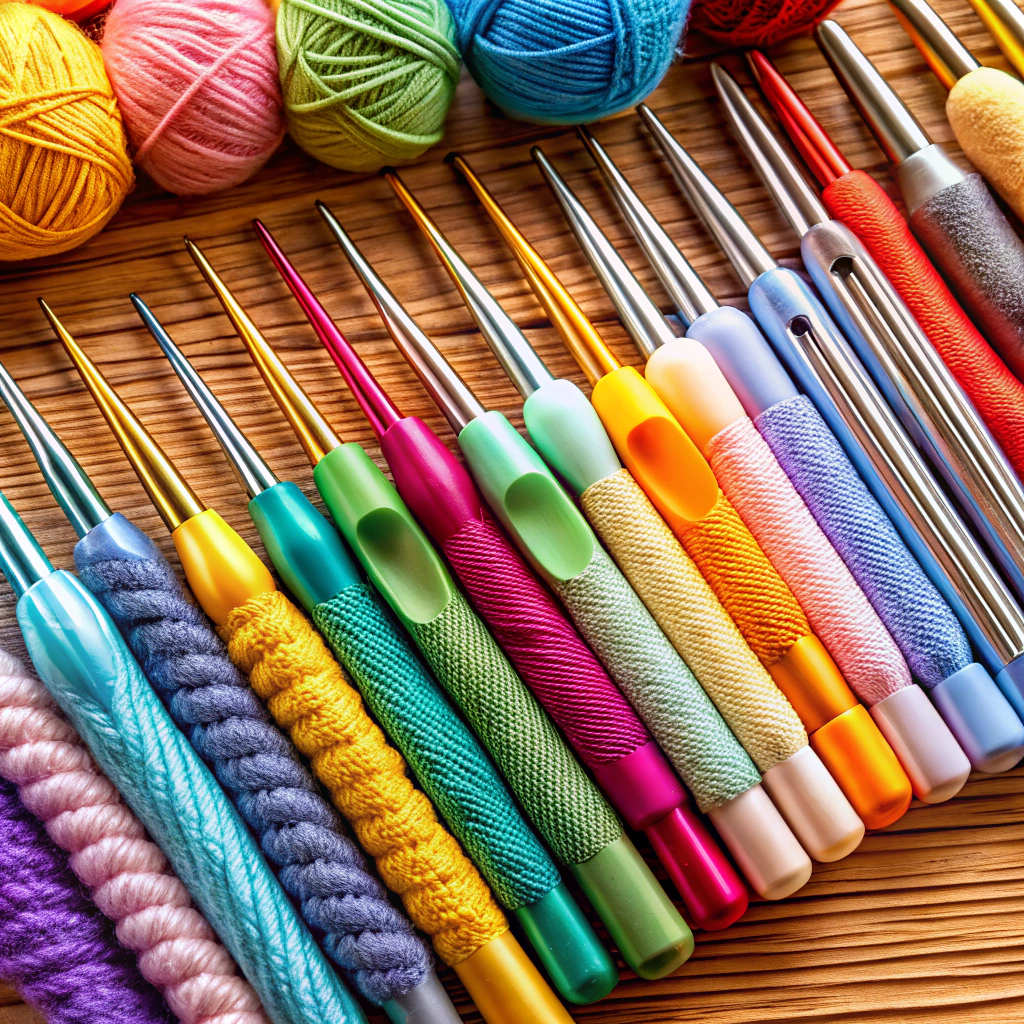Learn how to smoothly turn your crochet projects to keep your stitches and rows looking flawless.
Struggling with the mystifying art of turning your crochet project without transforming it into a yarn tornado? Fear no more! Mastering the basics of finishing your last stitch, creating the perfect turning chain, and turning your work smoothly can turn you into a crochet maestro. Follow along for all the details and make your next turn a walk in the yarn park!
Key takeaways:
- Finish last stitch, create turning chain, turn work
- Snug up first stitch, count carefully, be consistent
- Turning chain lengths: 1 stitch (single crochet), 2 stitches (half double crochet), 3 stitches (double crochet), 4 stitches (treble crochet)
- Create turning chains by yarn over, pull through loop
- 1 turning chain for single crochet, 3 turning chains for double crochet
Turning At the End of a Row
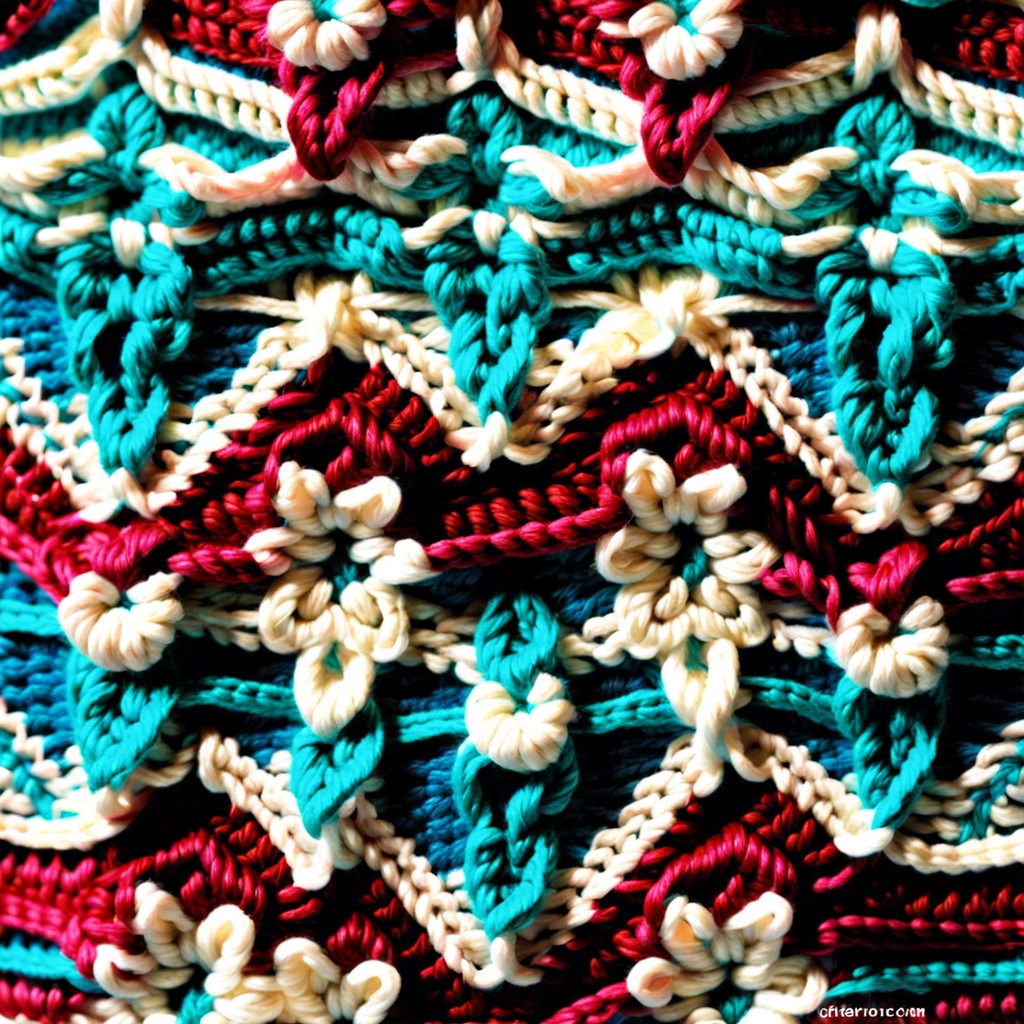
To tackle this common crochet maneuver:
When you reach the end of your row, stop and breathe. It’s not a cliffhanger; it’s a new opportunity.
- Finish your last stitch of the row.
- Now, you’ll typically create a turning chain. Think of it as stretching before a workout—it preps your yarn for the next set of stitches.
- After making your turning chain, here’s the twist: you literally turn your work around like flipping a pancake.
- The yarn should now be on the far side, ready for action. Time to keep crocheting down the new row, building on the one you just completed.
Easy peasy, lemon squeezy.
Working the Turning Chain
To start the turning chain, first complete the stitch of the last row. With yarn in hand, begin by chaining the requisite number of stitches. If you’re wondering how many, don’t worry—we’ve got that covered in the next sections. Now, after you’ve chained away like a pro, turn your work around like you’re flipping a pancake (without the mess).
Snugging up the first stitch will help keep things tight and uniform. Make sure your turning chain isn’t too loose or too tight; it needs to be just right, like Goldilocks’ porridge.
Here’s a quick guide to keep handy:
- Count carefully: Skipping a chain can lead to lopsided edges.
- Be consistent: Uniform chains give you that professional look.
- Don’t stress: Practice makes perfect, and uneven rows can always be lovingly called “rustic.”
Turning Chain Lengths
The length of your turning chain is as crucial to your crochet project as picking out the perfect yarn color (no pressure, right?). Here’s what you need to know:
Single crochet requires a turning chain of one stitch. Simple and sweet.
Half double crochet? That’s a bit fancier. Your turning chain here will be two stitches.
Double crochet needs a turning chain of three stitches. Think of it as giving your stitch a little more legroom.
Treble (or triple) crochet really stretches its legs, needing four stitches in the turning chain.
Remember, the height of your turning chain prevents your work from looking like a crooked fence post after an earthquake. So, make sure those turning chains are just the right height for the stitch you’re working on!
How to Crochet a Turning Chain (step-by-step With Photos)
- Begin by identifying the last stitch of your current row—the big finale before the turn.
- Yarn over and pull through the loop on your hook to create the first chain stitch. This essentially gives your crochet work a little shimmy before the flip.
- Repeat the yarn over and pull through process. Depending on your pattern, you might need two or three chain stitches. Check your pattern’s directions to be sure.
- Gently twist your work 180 degrees. Think of it as giving your crochet a new perspective on life.
- Start your next row by inserting the hook into the first stitch, and then proceed with your chosen stitch pattern. You’re now working on the flip side!
How Many Turning Chains Do You Make for Single Crochet?
For single crochet, all you need is one little turning chain. Yep, just one – like a lonely sock in the dryer. This small but mighty chain gets you to the correct height for the next row of stitches.
- When you reach the end of your row:
- Turn your work so the other side faces you.
- Chain one, which acts as a bridge to the new row.
- Then, start your single crochet stitches in the very first stitch of the new row. It’s like building a tiny step-stool to reach the top shelf.
- Remember:
- Keep that turning chain tight to avoid an overly-loose edge.
- The first single crochet goes into the first stitch, not the chain – don’t get chain-happy!
This one turning chain will keep your edges looking crisp and your rows orderly, like tiny soldiers on parade.
How Many Turning Chains Do You Make for Double Crochet?
For double crochet, you’ll need to chain three at the start of your new row. This trio of chains acts like a ladder, giving your yarn the height it craves.
One chain might leave your stitches feeling a little short, like a dog trying to jump onto the bed. Two chains would almost get you there but still leave you hanging. But three chains? It’s just right, like Goldilocks’ porridge.
- Remember these points:
- Chains provide the height for new rows.
- Consistent chain length helps keep your project even.
- Practice makes perfect. Each hook and yarn combination may be a bit different.
And voilà! You’ve got yourself a tidy turn. Now, go forth and double crochet like a pro.
Tips for Achieving a Neat Turn
Keep stitches relaxed when making the turning chain. Tight chains can pull on your project and cause weird bunching.
Start your new row directly into the first stitch. Skipping this can create unattractive gaps.
Consistent tension is key. A wobbly first row can lead to a wonky project.
Maintain the same hook size throughout unless you want your piece to mimic a roller coaster.
Practice makes perfect. The more you turn, the neater your turns will become. There are no shortcuts here, folks!
Finally, give your project a little shake once in a while. It might not help the stitches, but it’s good for soothing any crochet-related frustrations.
